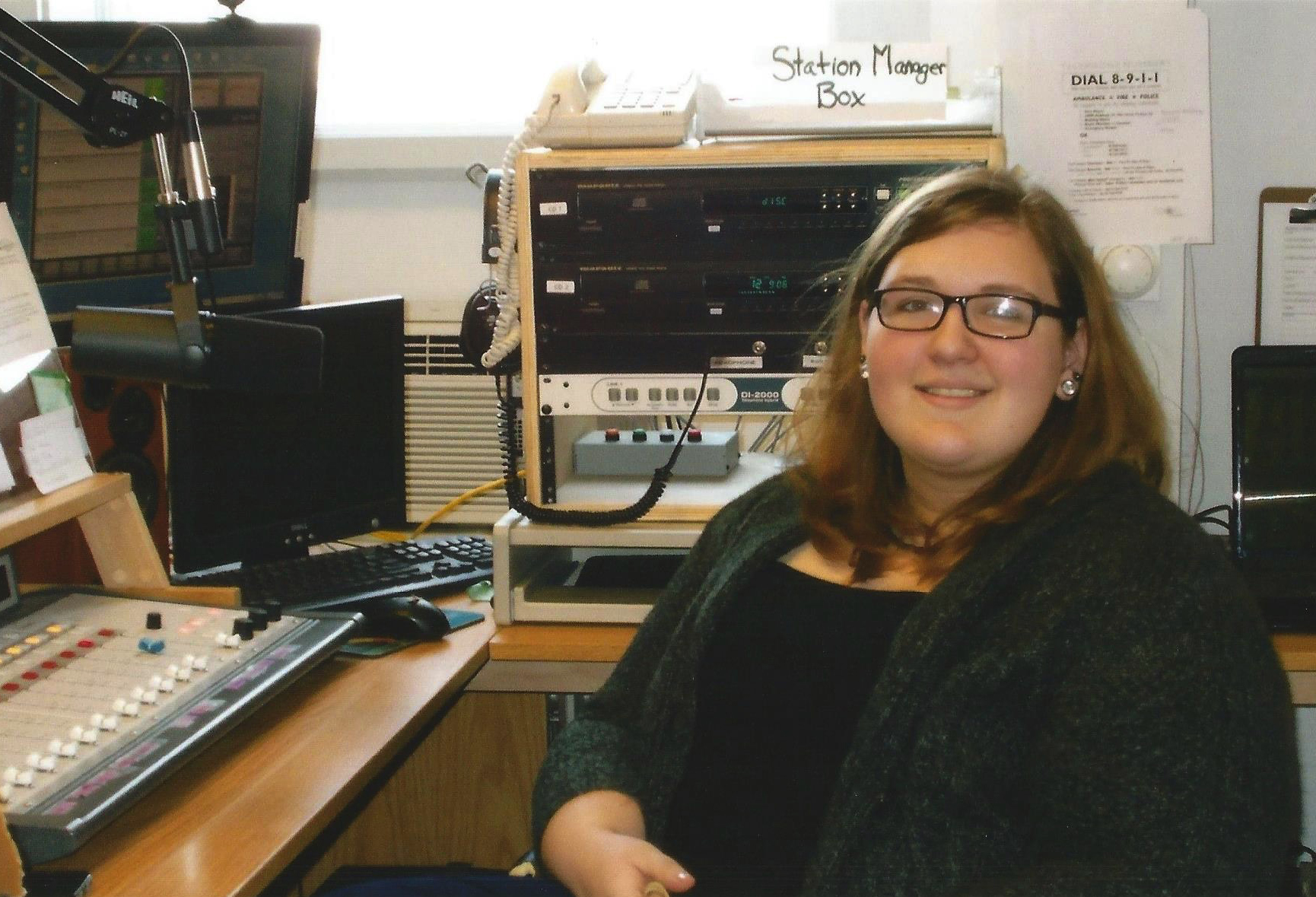Justin Waceken has followed in the footsteps of his grandfathers by working in a mill setting, as they had once done. “Two of my grandfathers had made paper in the mill using machines. And my great grandfather worked in the woodyard, so he used to take the wood to the mill that they used to make the paper and produce steam,” Justin said.
Justin’s work involves his making steam. “I work on the Cogen boiler at our mill. The mill makes paper and cardboard and to do that they need steam. So at my job we make steam. And we make steam from boilers by burning things,” he said. “We burn woodchips and we put water in this boiler. It’s just like boiling water on the stove. The steam produces power for the mill so it can run. And the steam is also used in the process to make cardboard and paper.” He started working in the mill on June 1, 2020. By that time, it was a different world from the mill setting his grandfathers had been a part of.
Hazen Naas started working in a paper mill in 1965. “I was the youngest paper guy when I came into the mill, and I was the oldest guy when I left. It was a different world in the beginning than it was toward the end,” Hazen said. Hazen stayed despite the dangerous work conditions because he was good at what he did and had something to prove. “I wanted to get into the paper room cause that’s where all the money was. They didn’t like the idea that I was so young. But I moved up because I wouldn’t turn a job down,” Hazen said, “My first day, my superior said to me, ‘You’re not going to last. It will be over 100 degrees in here today.’ Well, that’s just how it was. I worked through it. But the heat got to him that day.”
It was up to these workers to take their safety into their own hands. Often protocol was determined by those on the job. “Some things we were just unaware of. We didn’t know about heatstroke. When someone got heatstroke, we just took them outside and laid them on the ground,” Hazen said. Measures to keep the workers safe were very gradual. “I saw a lot of change while I was there, but it was slow. A lot of the older guys didn’t like change at all because we were changing the way we do things. It was important that it did change. I was for it,” Hazen said, “We’ve had accidents there I still think about from time to time. Some friends of mine that lost their lives there.”
Many decades later, Hazen’s grandson, Justin, strives for a safe work environment. “There is a lot of equipment and machinery we work with. You can never get too comfortable, because machines can become dangerous at any time,” Justin said, “If equipment is down, then it’s my job to lock it out safely. I am like a babysitter because I’m always babysitting equipment. Things are always broken, but we make sure it gets the care it needs.”
Since Hazen’s last days at the mill, there have been many more safety protocols instated. But the work is still dangerous. “The industry is dangerous. You’ve got to be careful and safe and always wear your PPE, which is personal protective equipment. We’ve always got to watch out for what we are doing and listen for any off sounds,” Justin said. In the future, he hopes to continue to see these changes being made that will help them to be safer and more efficient on the job. Until then, Justin’s best advice is to be careful and take your time. “Take your time and make sure it’s safe. Because if somebody gets hurt, it’s your name on it, which means it’s on you.”



